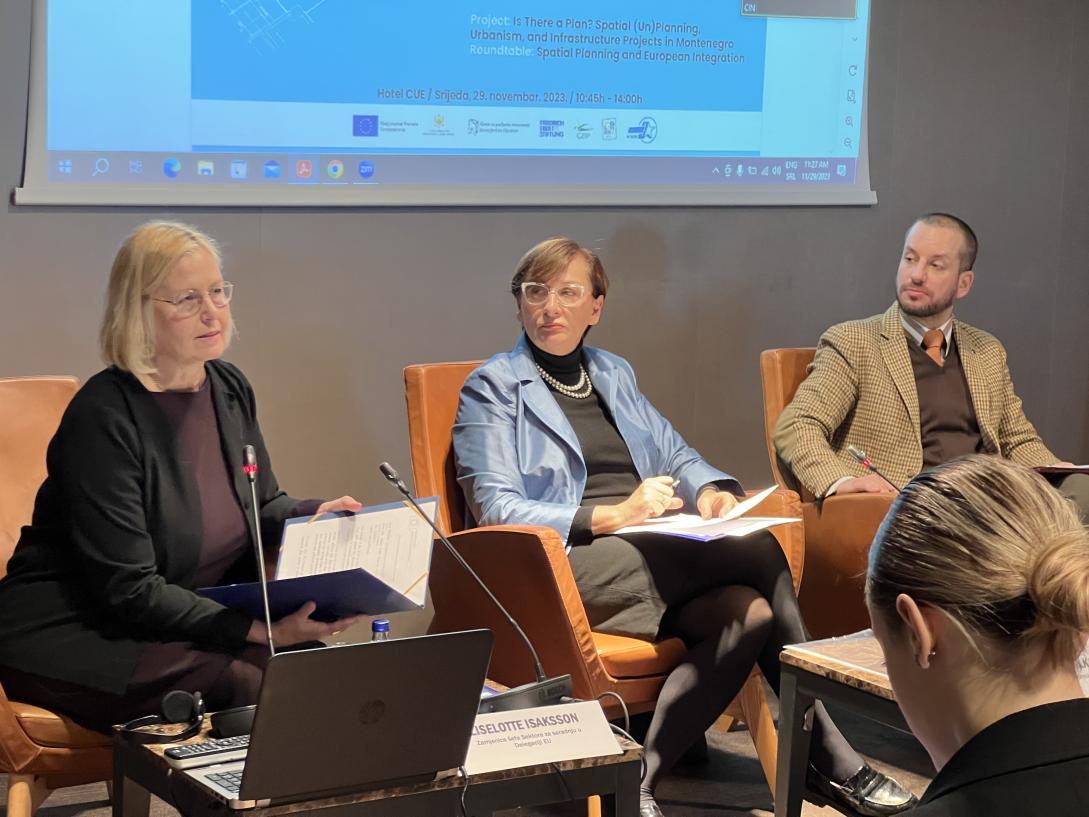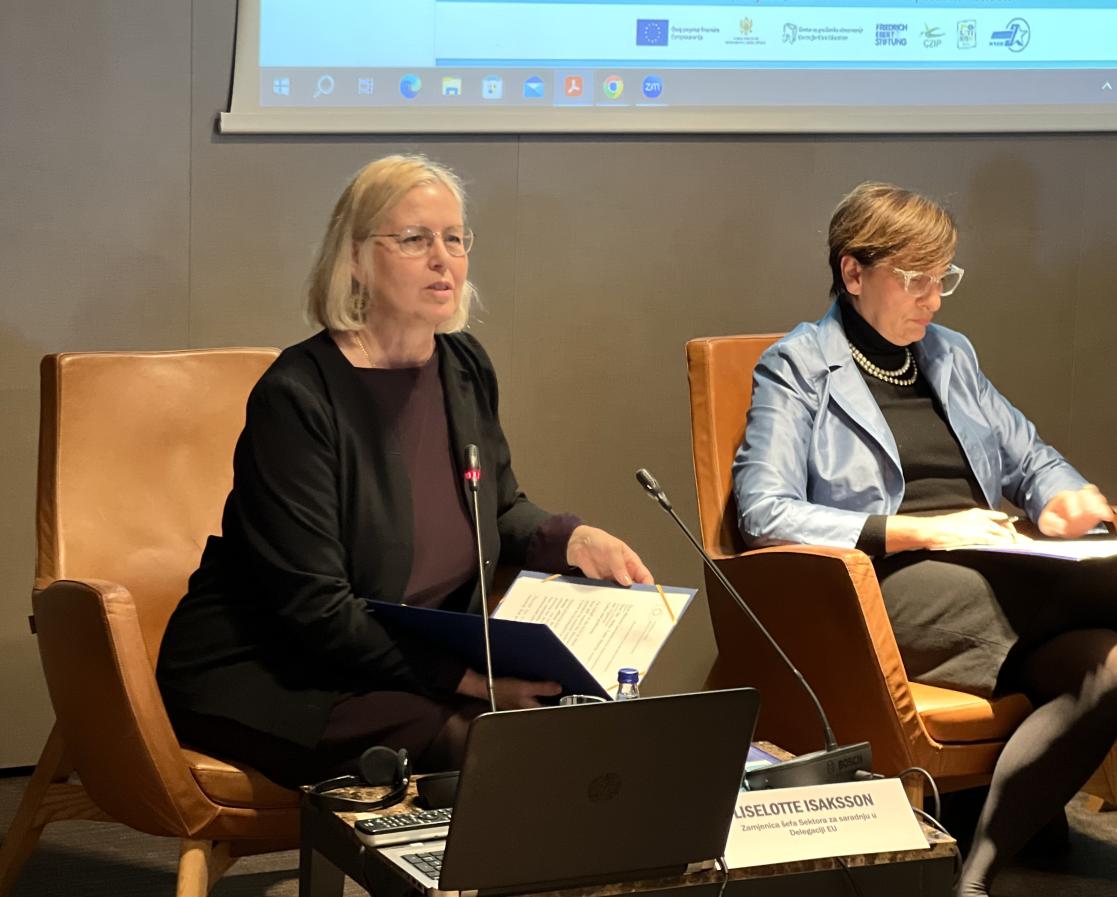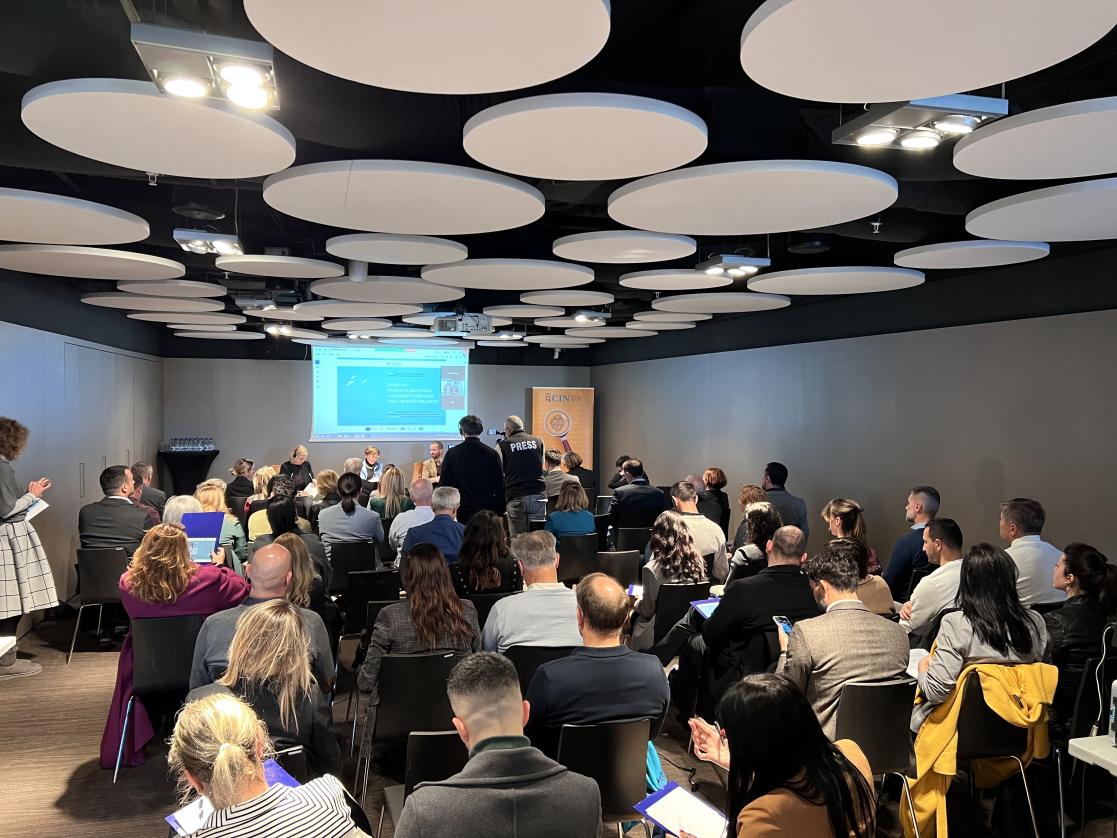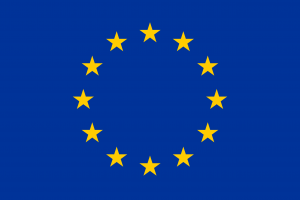Spatial planning has strong links to good governance

"Through this EU-funded project, the CIN has conducted research that points to many important and relevant questions, indicating that Montenegro still faces challenges in aligning spatial planning with the needs of its population and sustainable development," said Liselotte Isaksson, Deputy Head of the Cooperation Sector at the Delegation of the European Union to Montenegro.
Spatial planning may be a topic that sounds a bit dry, but it deeply affects the day-to-day quality of life of all citizens–and not only today but way down the line. Spatial planning has strong links to good governance, the rule of law, sustainable development, and the protection of both natural and cultural environments.

While speaking at the roundtable organised by the CIN-CG within the framework of the project "Is There a Plan? Spatial (Mis)planning, Urbanism, and Infrastructure Projects in Montenegro," Isaksson stated that Spatial planning is a multi-sector endeavor, aiming to coordinate and balance many different and sometimes conflicting considerations—namely, social, economic, and ecological ones.
Minister of Spatial Planning, Urbanism, and State Property Janko Odović emphasised the need to restrict construction on the coast.
He stressed the importance of respecting the experts’ opinions, particularly the Environmental Protection Agency of Montenegro, and advocated for vetoing the construction in significant areas.

Milka Tadić Mijović, President of CIN-CG, argued that the three-decade practice of space destruction must be stopped. She criticised the successive governments for not doing enough to protect the environment. Despite the government changes, the devastation continues.
"All the research conducted by the Centre for Investigative Journalism has shown that the entire planning system is in a state of planned chaos which apparently suited someone. Spatial planning has turned into a money laundering operation for criminal circles, and the most beautiful areas in the country, from Budva to Durmitor, have been destroyed," stated Tadić Mijović.
Milan Gazdić, Director of the Environmental Protection Agency of Montenegro, highlighted the significance of Montenegro's Spatial Plan, emphasising that it is the most important document after the Constitution, especially for the ecological state.
During the roundtable, Sonja Dragović and Jelena Rabrenović from the architect group KANA (Who if not architects) presented a publication on the devastation of Kolašin, noting that the devastation of the town began in 2008 and was expanded through the economic citizenship programme.
"Out of 12 infrastructure projects, seven are in Kolašin, and the infrastructure cannot support this," KANA representatives stated.





